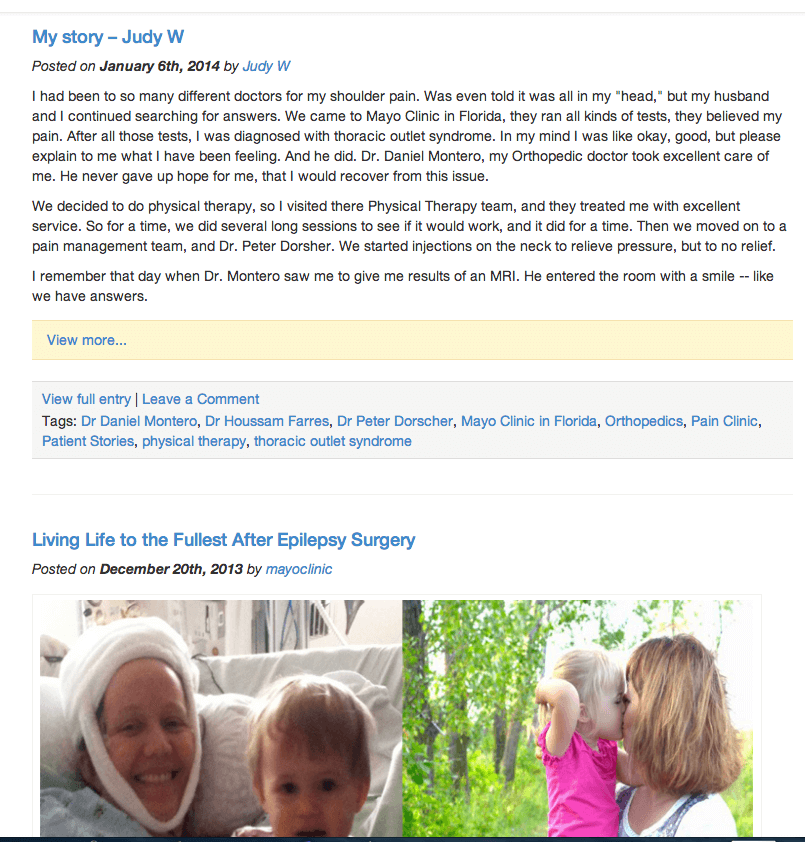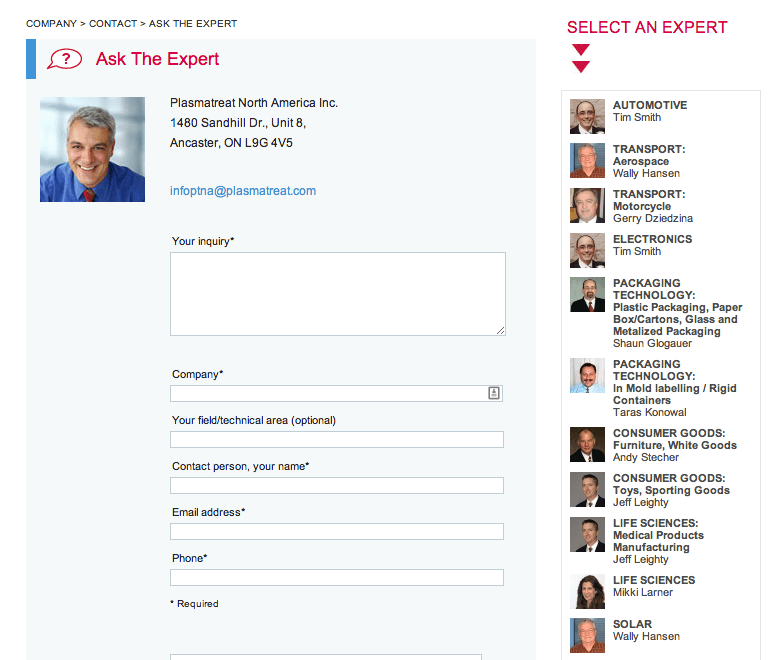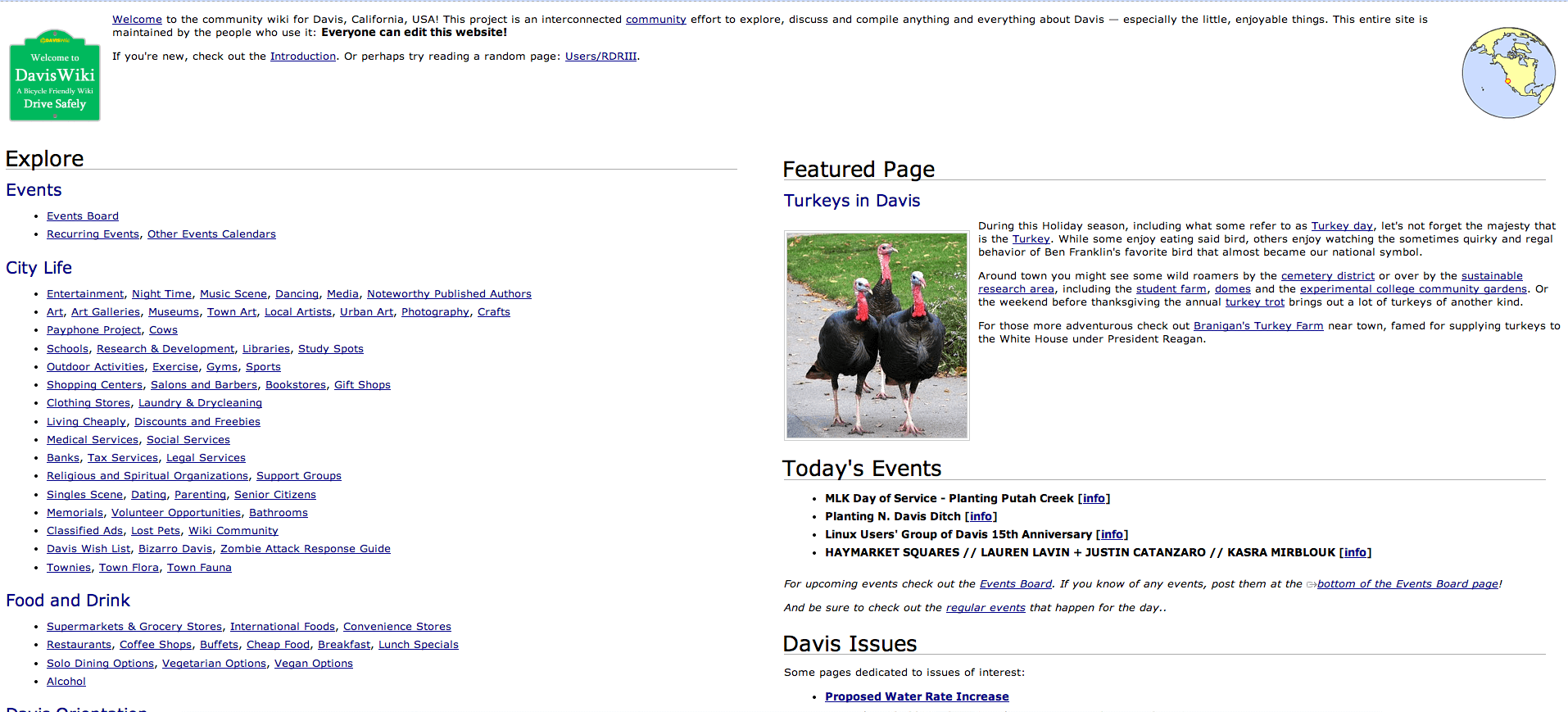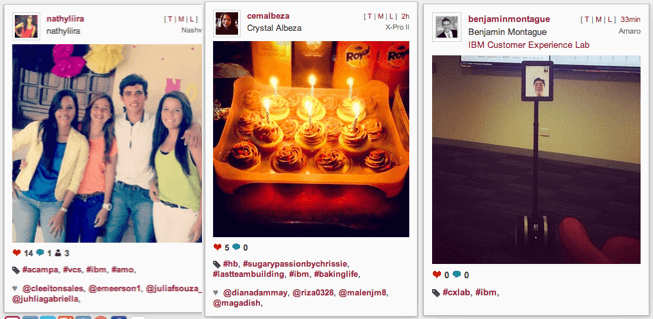A couple of weeks ago, we began a weekly series on brand journalism, what it means, what it includes, and how you can implement easily and efficiently without the resources and budgets of the gigantic brands.
If you’re behind, you can get caught up by reading “embrace the trend” and “breathe new life into old content.”
Today we’re going to talk about how to build the opportunity for your users to produce content for you.
This is one I’ve struggled a bit with in the past few years…and then I realized our guest bloggers are a form of user-generated content!
So, while you read this, think about how you can have your customers, employees, readers, and community create content.
It doesn’t have to be like Reddit, Wikipedia, or Yelp. It doesn’t have to be reviews. It doesn’t even have to be blog posts written about your organization.
There are four interesting ways to think about it: Blogging, Q&A portals, wikis, and photos and videos.
Blogging
Of course, the very easiest way to do this through blogging is invite guest bloggers – experts in your industry – to contribute content.
We do this daily with our afternoon content.
But I really love what the Mayo Clinic is doing with Sharing Mayo Clinic.
It’s a blog created by patients, family, friends, and staff.
All they do is require you register – either with a social network or an email address – and then you can begin submitting content.
What’s interesting about this is a few things: They don’t edit or change the voice of the author, they will help patients write their story if asked, they have very loose policies.
If you are thinking about this approach, I’d put some policies in place and have an editor (part-time, at first) for consistency and to be sure no one is doing anything that could hurt your reputation (remember when Skittles opened their home page to tweets?).
But now you have the opportunity to think about customer testimonials in a different light.
Q&A Portals
I don’t often talk about things our clients are doing, but this is a really good example so forgive me.
Plasmatreat has an “ask the expert” section on their website.
You can type out your question, select the expert from the right-hand side, and submit.
Right now, the Q&A is private, but we’re moving them toward making this all public, with a box the user checks so we have their permission.
This is your frequently asked questions on steroids. But, rather than you writing the Q&A yourself, your customers and prospects are asking questions as they arise…and giving you permission to use them with one click of a button.
Wikis
We are all familiar with Wikipedia – the online encyclopedia that users update, change, and edit based on their knowledge of a topic. While not policed extremely carefully, there are still some policies and considerations the organization employs.
The challenge, of course, is the idea that you create a wiki for your organization or industry that anyone can edit.
There are plenty of organizations that are doing this well – SourceWatch, WikiCancer, and Wookieepedia (the Star Wars wiki), but I really love what the city of Davis in California is doing.
Anyone in the city can log in and enter their events, suggest restaurants, and talk about school highlights. They even have turkeys!
Perhaps your organization uses a hard-to-understand technology or wants customers to submit ideas (think Starbucks or Baskin Robbins). A wiki is a great way to aggregate that content without a lot of manpower.
Photos and Videos
Photos and videos may be the easiest to understand…and implement because people love taking pictures of the stuff they use.
Clothes, food, beverages, pets, and kids are probably the easiest organizations to implement Instagram, Vine, or Pinterest user-generated content.
But IBM is doing something really interesting with their employees.
Because the company is so large, they have people scattered around the world with many others traveling to all corners of the earth.
They have created an opportunity for employees to submit user-generated content on Instagram.
Using photos of their home offices, travel locations, favorite restaurants, their colleagues, and hobbies and activities, they are able to build relationships with their peers around the globe.
Brand Journalism
We tend to think, “Oh no! There is a new thing out and now I have to figure it out!”
But, like almost everything out, user-generated content is not new (nor is brand journalism).
Think about it like you would customer testimonials, employee stories, frequently asked questions, email conversations, and photo sharing.
When you break it down like that, you realize you aren’t doing anything new…you’re just doing it a little bit differently.




